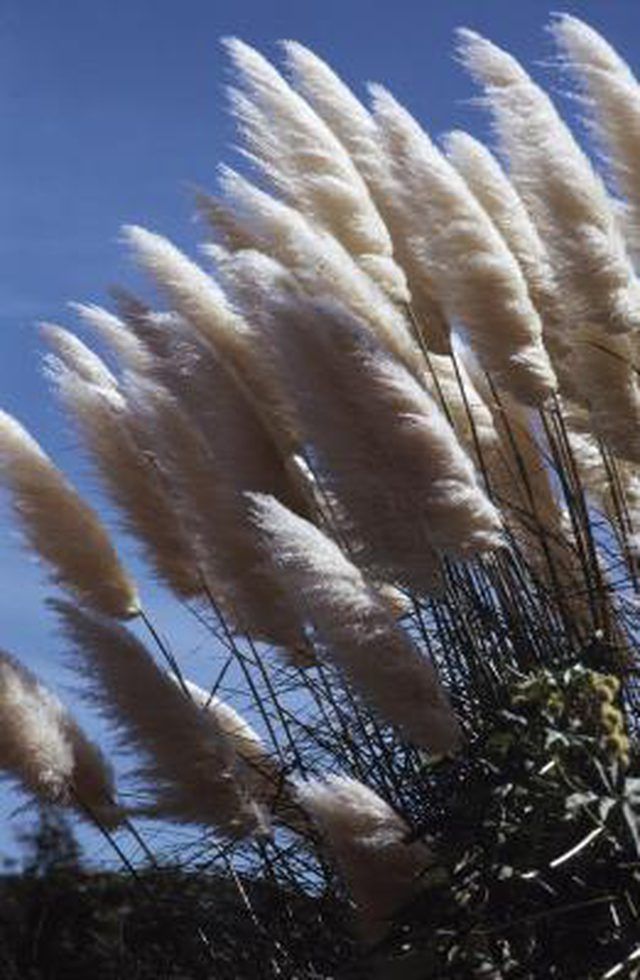Bulbs
Flower Basics
Flower Beds & Specialty Gardens
Flower Garden
Garden Furniture
Garden Gnomes
Garden Seeds
Garden Sheds
Garden Statues
Garden Tools & Supplies
Gardening Basics
Green & Organic
Groundcovers & Vines
Growing Annuals
Growing Basil
Growing Beans
Growing Berries
Growing Blueberries
Growing Cactus
Growing Corn
Growing Cotton
Growing Edibles
Growing Flowers
Growing Garlic
Growing Grapes
Growing Grass
Growing Herbs
Growing Jasmine
Growing Mint
Growing Mushrooms
Orchids
Growing Peanuts
Growing Perennials
Growing Plants
Growing Rosemary
Growing Roses
Growing Strawberries
Growing Sunflowers
Growing Thyme
Growing Tomatoes
Growing Tulips
Growing Vegetables
Herb Basics
Herb Garden
Indoor Growing
Landscaping Basics
Landscaping Patios
Landscaping Plants
Landscaping Shrubs
Landscaping Trees
Landscaping Walks & Pathways
Lawn Basics
Lawn Maintenance
Lawn Mowers
Lawn Ornaments
Lawn Planting
Lawn Tools
Outdoor Growing
Overall Landscape Planning
Pests, Weeds & Problems
Plant Basics
Rock Garden
Rose Garden
Shrubs
Soil
Specialty Gardens
Trees
Vegetable Garden
Yard Maintenance
How to Care for Pampas Grass in Central Florida
How to Care for Pampas Grass in Central Florida. Pampas grass (Cortaderia selloana) is a clumping grass often used to create windbreaks and hedges. This attractive ornamental also makes a nice specimen plant both alone and when grouped. Pampas grass is typically grown in U.S. Department of Agriculture plant hardiness zones 8 through 10, but some...

Pampas grass (Cortaderia selloana) is a clumping grass often used to create windbreaks and hedges. This attractive ornamental also makes a nice specimen plant both alone and when grouped. Pampas grass is typically grown in U.S. Department of Agriculture plant hardiness zones 8 through 10, but some cultivars can be grown as far north as USDA zone 5b. The weather conditions in central Florida are a perfect match for pampas grass, which thrives in lots of warmth and sun while tolerating both salt and drought very well. The plant has no major problems with pests or diseases, requires very little care and is a good choice for seasoned and new gardeners alike.
Things You'll Need
Garden hose
8-8-8 granular fertilizer
Tape measure
Measuring cup
Pruning shears
Shovel
Gloves
Long-sleeved shirt
Long pants
Water established plants deeply every four to six weeks. Young plants are not as drought tolerant and need watered as often as required to keep the soil around them moist at all times. Exactly how often young plants need water will vary based on weather conditions and soil type, so check soil moisture several times a week.
Fertilize pampas grass growing in Florida each year in March, June and August with a balanced 8-8-8 fertilizer. Measure the diameter of the pampas grass clump and apply 1 cup of granular fertilizer per foot of diameter of the clump of grass.
Cut all of the grass shoots back to a height of 12 to 18 inches in January or February using pruning shears. Remove any weak stems and spent flowers during this renewal pruning.
Divide your pampas grass clumps in the spring using a shovel if they begin to thin out and develop unattractive open centers. The smaller divided plants can then be replanted or given away if you find yourself with more plants than you need.
Tips & Warnings
Always wear gloves, pants and long sleeves when working with pampas grass to avoid being cut by the jagged grass blades.